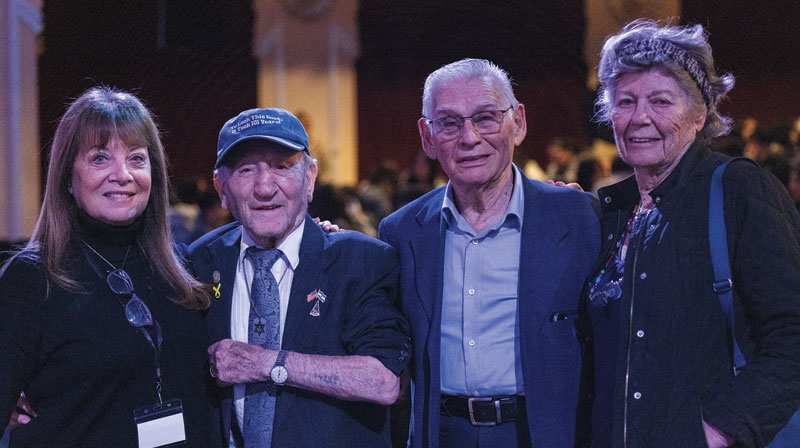There is no man who wants to get the news that they have prostate cancer. It is a scary diagnosis and many men will want to turn from the thought that something could be going on down there. However, thanks to modern technology and the advances in medicine, it is not the sentence it used to be.
Today prostate cancer treatment is very effective and many carry a cure rate of 90 percent or higher as long as the cancer is caught in the early stages and has not spread from the prostate. The good thing about those numbers is that according to the American Cancer society 75 percent of prostate cancer is caught early enough.
The biggest question men have when they get the diagnosis of having prostate cancer is, what are the current treatment choices? There are many therapies out there, some are still in the testing phases, but let’s take a look at three of the best choices in treatment currently offered to patients with a proven success rate.
Surgery
Surgery does tend to be a rather radical treatment but it is one that is effective. For all the leaps and bounds that medicine has made it is still usually not able to locate the exact place that the cancer is located in the prostate gland. Surgery usually includes the removal of the gland all together and there are two procedures that can do that job properly.
- Open surgery: This is the most traditional form of surgery and when it is made an incision is made in the lower abdomen.
- Keyhole: In this surgery the surgeon will use special instruments that are designed just for this style of surgery. They make several keyhole sized incisions and it is often robotically assisted and gaining favor of use.
Chairman of the Cleveland Clinic Eric Klein, has said “The bottom line with radical prostatectomy is that the surgeon’s experience matters more than the technique,” he went on to say “At the Cleveland Clinic, the outcomes after prostatectomy—cure, preservation of continence and potency, pain, and recovery time—are almost identical between open and robotic surgery. You want to find the most experienced surgeon you can and have the type of surgery that that surgeon is most adept at performing.”
If you are still worried about what the outcome of your surgery is going to be and your surgeon's experience keep the number 200 in mind. The experts and studies show that if a prostate surgeon has completed 200 or more prostatectomies that the outcome tends to be optimal. Younger men with prostate cancer are most often the best candidates for surgery because they will see less of the side effects commonly seen with prostate cancer and other treatments (such as impotence and incontinence). That said the healing process can take a great deal of time because of the nerves that are in the area. Most Doctors advise that it can take a full two to three years for the area to be fully healed and returned to full sexual function.
Radiation Therapy- External
Radiation therapy today is more refined than it has been in the past and it has become a process where the doctors can point where they need it and get the radiation where it needs to be. Radiation therapy is high energy X-ray particles that are aimed and can kill cancer cells and make the tumors shrinks. The most common external radiation therapy being used today is a modulated form of the radiation therapy. This version allows the beams to be split into smaller beams and each one will have a varied intensity. Most commonly the more intense beams are used to go for the thicker areas of the prostate while the less intense beams will be focused on the thinner areas. Being able to deliver the radiation in a controlled manner is better for the patient and results in a higher dose of radiation directly given to the prostate and less stress given to the surrounding unaffected areas.
Typically external radiation treatments will be spread over an 8 week time frame and involve 40 daily treatments. Currently there is research being done on being able to cut down on the number of times that radiation is needed to be given by giving it in higher doses, they want to cut the number down to five or ten instead of forty.
There are some risks that can happen over time with radiation therapy, short term, there is not many but there are long term effects. Dr Klein says, “In 10 to 20 years you may still be cured of prostate cancer, but the radiation may have caused bladder or rectal damage that can cause dysfunction in voiding, which can have a serious impact on your quality of life,”
Radiation Therapy– Internal
The idea of going to the hospital 5 days a week for 8 weeks like a full time job might be too much for some people there is a way to have the radiation done internally through brachytherapy.
Here is how the process works:
- Outpatient procedure: It takes about 90 minutes and you are put under general anesthesia,
- The surgeon implants about 100 radioactive seeds with a long thin needle. They are about the size of a grain of rice and you will not notice them, they are placed throughout your prostate.
- The seeds will let off a low dose of radiation therapy over the course of several months. This kills the cancer cells and after several months the radiation dissipates. The seeds are not removed in most cases; they are so small you will never know they are there.
Risks for brachytherapy are about the same as if you have the external form of radiation but there are a few things you need to think about since your groin is for all purposes radioactive.
- If you have sex it is best to wear a condom as there is some chance of the seeds excreting into your partner
- Small children are best to be kept off your lap while the seeds are active; once the radioactivity is gone there will be no problem.
While it can be scary to know you have prostate cancer do not let it scare you into giving up. There are viable choices, talk to your Doctor and make a treatment plan that is going to work for you and your lifestyle.






















 More news and opinions than at a Shabbat dinner, right in your inbox.
More news and opinions than at a Shabbat dinner, right in your inbox.